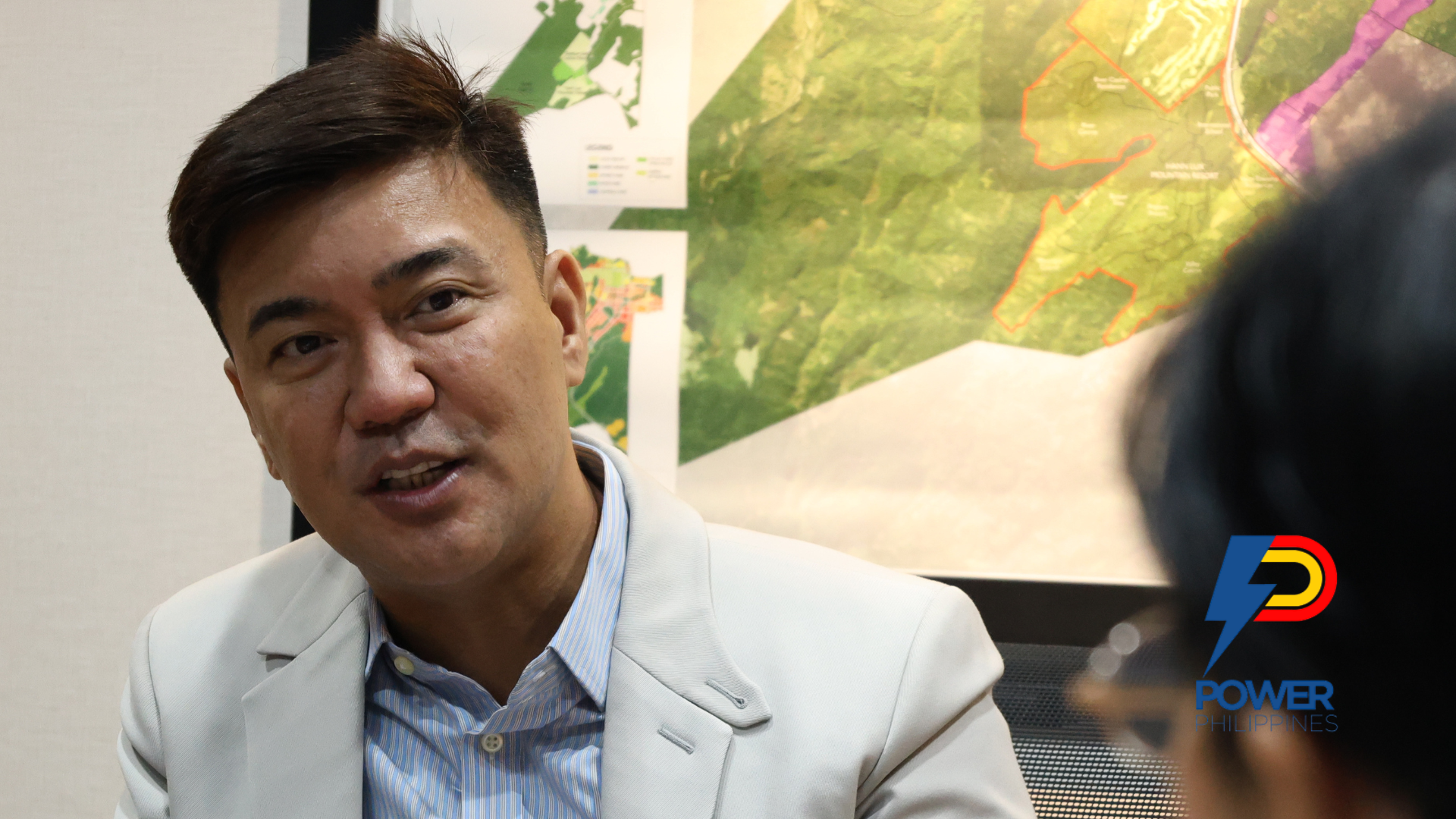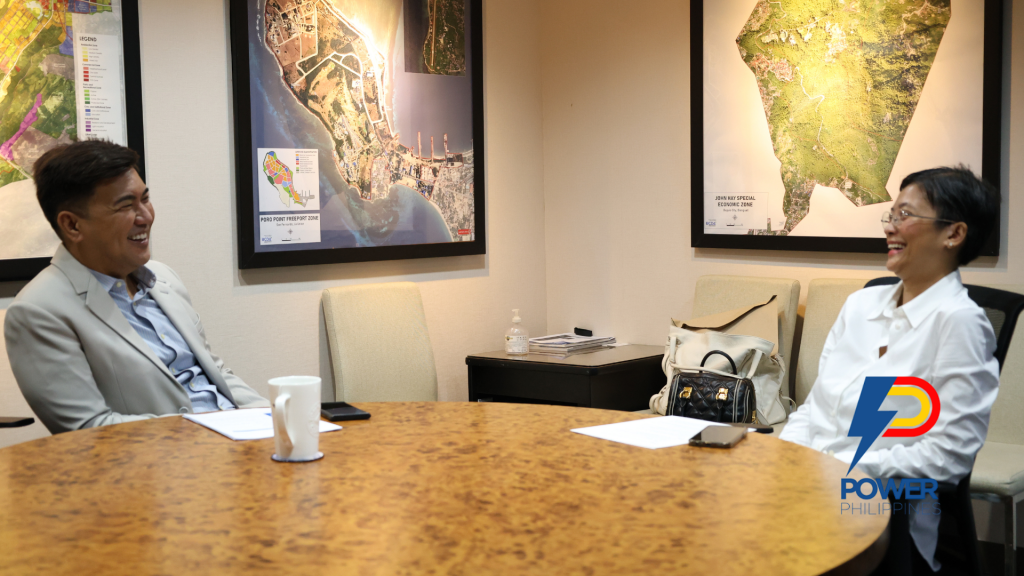Masterplanning for Megawatts: BCDA’s Energy-First Urban Strategy
- May 23, 2025
- 0

When the Bases Conversion and Development Authority (BCDA) began planning New Clark City, it wasn’t just building another government center or mixed-use development. It was designing a clean, energy-ready city from the ground up—long before solar panels, EVs, or waste-to-energy facilities arrived.
As a government agency with control over both land and development planning, BCDA has a rare level of authority.
“Because we are in an economic zone, we’re like the mayor there, so regulation is minimum,” explains Engr. Joshua “Jake” Bingcang, President and CEO of BCDA. That control has allowed BCDA to embed energy infrastructure into the masterplan, including pre-allocated zones for renewables and utility corridors for smart systems.

For example, BCDA h
One of the most ambitious systems in development is a centralized district cooling facility. “If we can have a common supplier of chilled water to the buildings, they don’t need to install air conditioners. So that’s one we are looking at right now,” he shared. The project is projected to cost PHP 30 billion and is being developed with Japanese and Middle Eastern partners.
Public-private partnerships are a key part of this strategy. Interest from Taiwanese, Korean, Australian, and Japanese firms has already led to new solar proposals. Advances in efficiency are also helping. “”We welcome that. We can have direct negotiation with them because these are pioneering types of development,” said Bingcang.
BCDA is also preparing to act as a Retail Electricity Supplier (RES) to serve its developments directly. Initial projects include Camp John Hay in Baguio and a 100-hectare site in Morong, Bataan where the Philippine Marines will be relocated.
Beyond Clark, BCDA is evaluating energy-ready planning in other properties, including Poro Point Freeport Zone. “We’re also looking for some kind of renewable energy there,” said Bingcang.
BCDA is positioning itself not only as a builder of cities, but as a long-term partner in shaping energy markets. Its approach—masterplanning before megawatts—shows what’s possible when infrastructure and ene
Is BCDA’s model for energy-ready cities a blueprint for others to follow? What challenges and opportunities do you see in integrating energy infrastructure into urban planning from day one? Join the discussion! Follow Power Philippines on Facebook and LinkedIn or join our Viber community to stay up to date on the latest energy news.